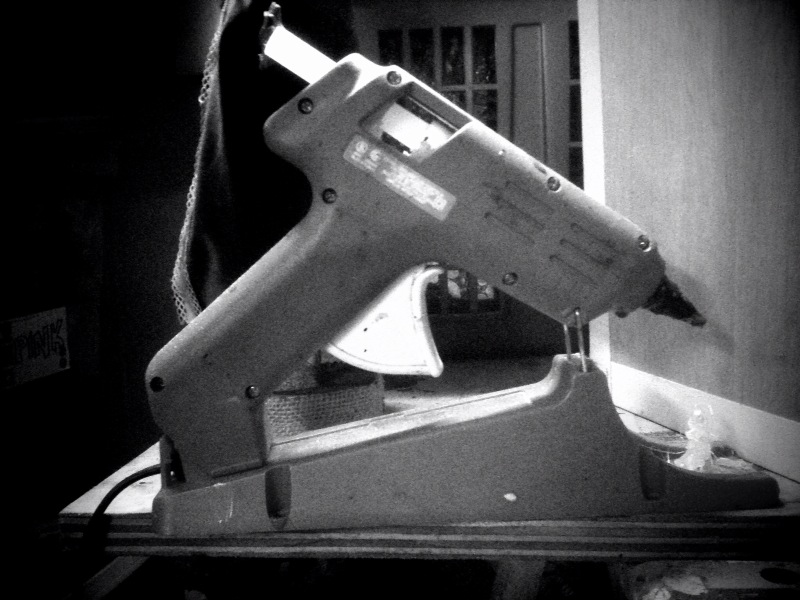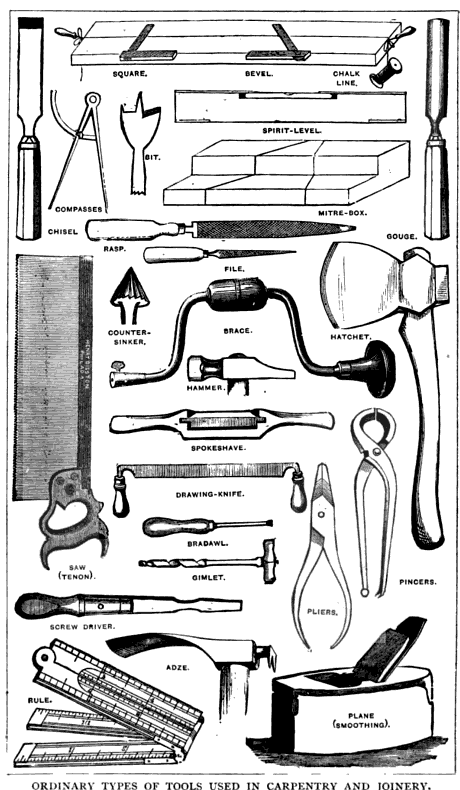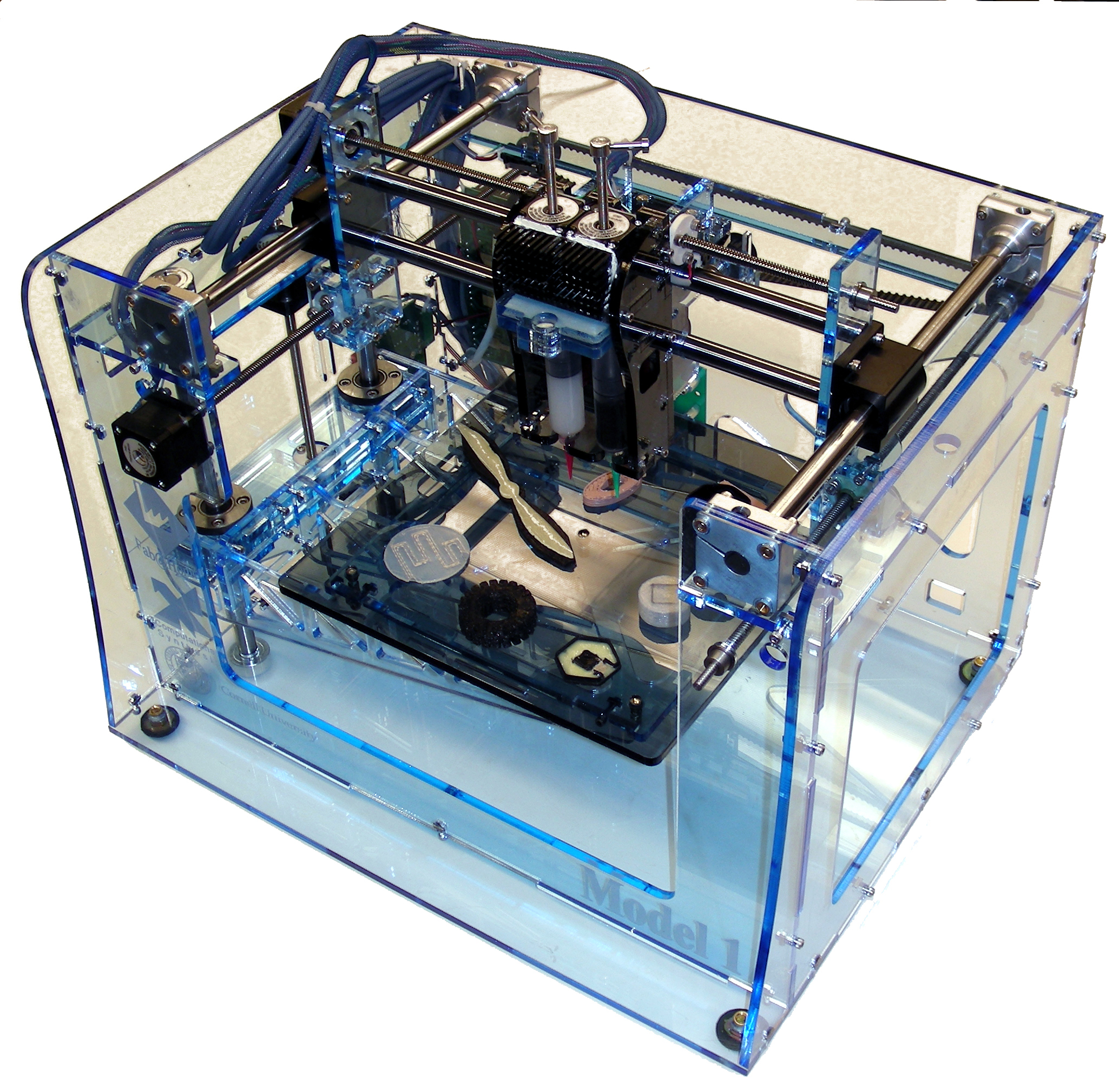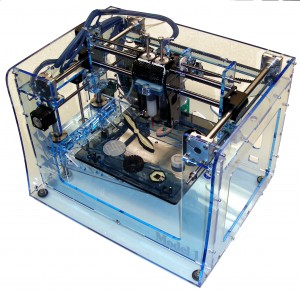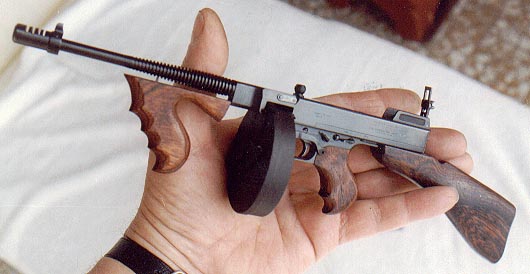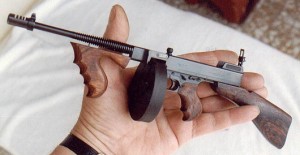Sometimes you need to fix things right, and other times, you need to fix them right now. Here are four things which prop people rely on to fix a prop when the audience is already seated and the curtain is about to go up.
Hot Glue
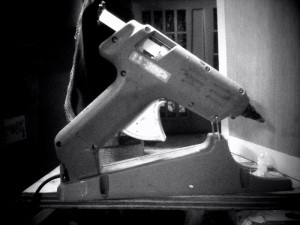
It’s a common prop adage that “anything can be fixed with hot glue.” That’s true in many cases, and the fact that it cools in minutes (sometimes seconds) and is removable makes it a great candidate to hold two things together at the last minute. When you need to separate the items, just peel them apart. Keep in mind that it is not structural, and it will not come out of most fabrics.
Gaff tape
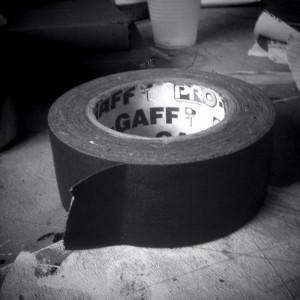
Gaff tape is short for gaffer’s tape, so named because of its use by gaffers to tape down cords and cables. It’s like duct tape for prop people; unlike duct tape, it leaves no residue when removed, and most importantly, it comes in black, so it disappears on stage (and can be used in a pinch to make other things disappear on stage as well).
Wire
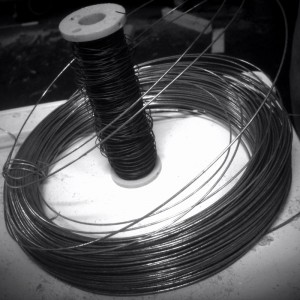
Wire of all different thicknesses is great for tying things together when adhesives just won’t stick. It’s also key for hanging things from walls or ceilings. With glue, there’s always a chance the weight will prove too much for the bond and cause the prop to come crashing down on someone’s head.
Mortite
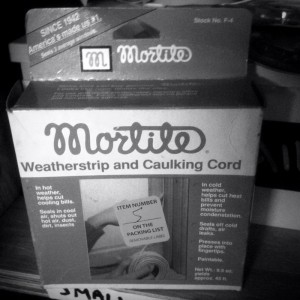
Mortite, or rope caulk, is a type of caulk that will not dry out. It’s great for keeping glasses from sliding around on a tray, or vases from toppling off of a shaky table. It also makes it very easy to remove the prop when needed, as when an actor needs to pick up the vase during a scene.
5-minute Epoxy
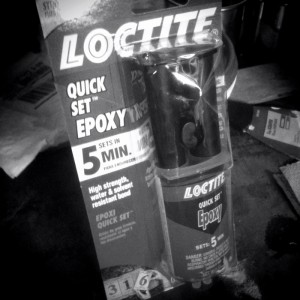
I prefer the kind that comes in the easy-dispense tubes, which makes this product as idiot-proof as possible. Epoxy resin is a liquid which comes in two parts; when mixed, it sticks to many materials and becomes rock-hard. As the name implies, 5-minute epoxy hardens in 5 minutes, making it one of the quickest ways to get a very secure bond.

